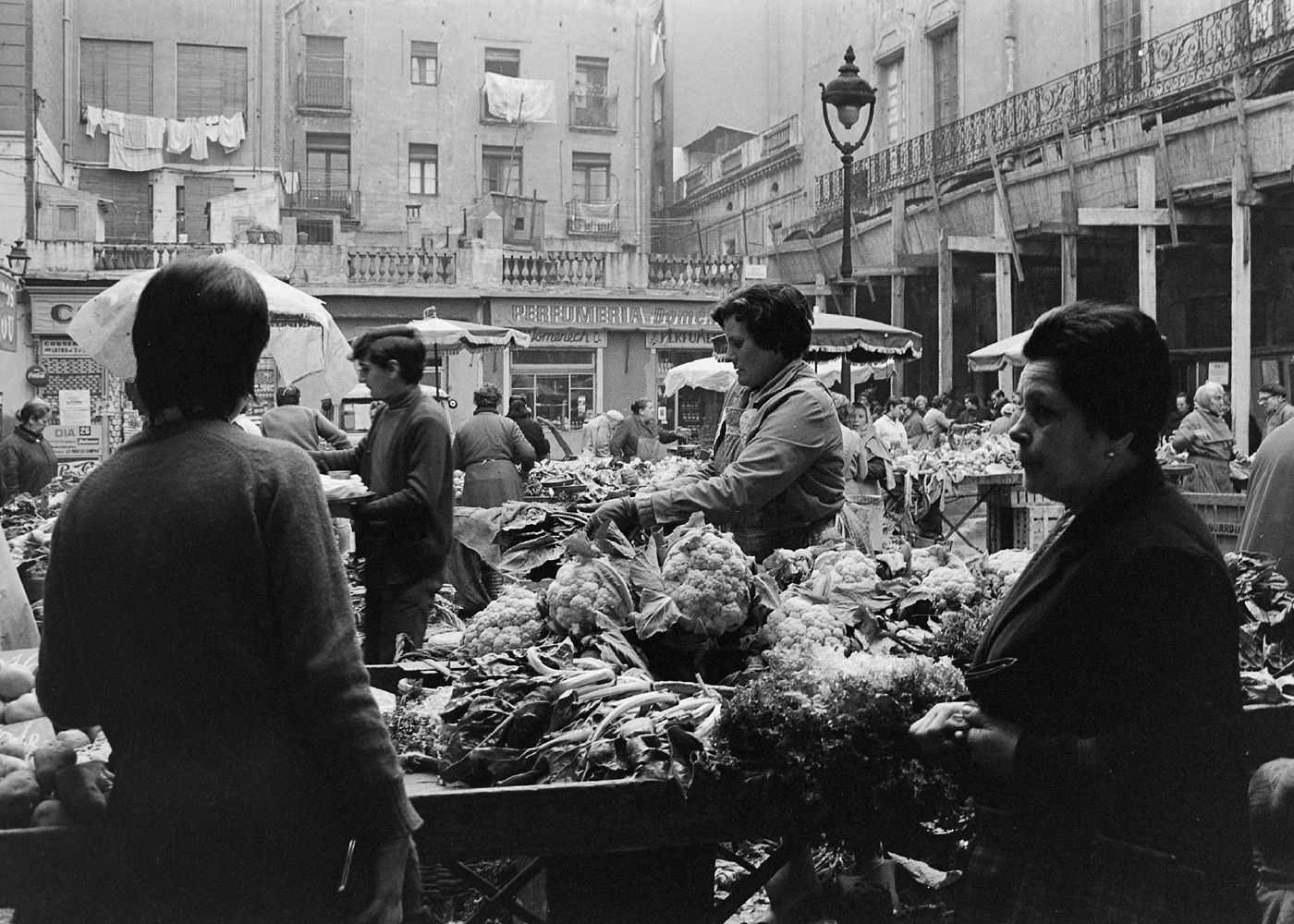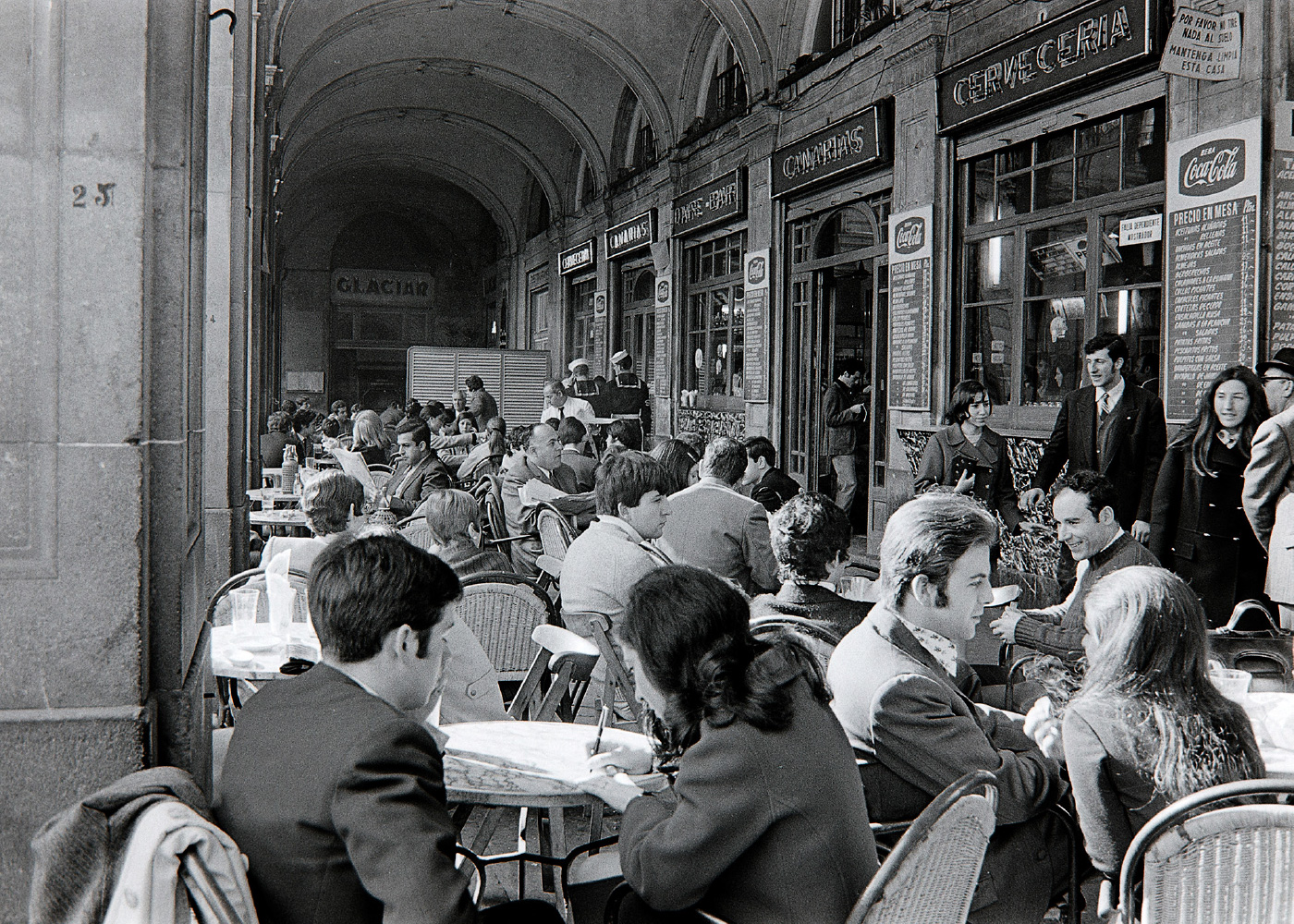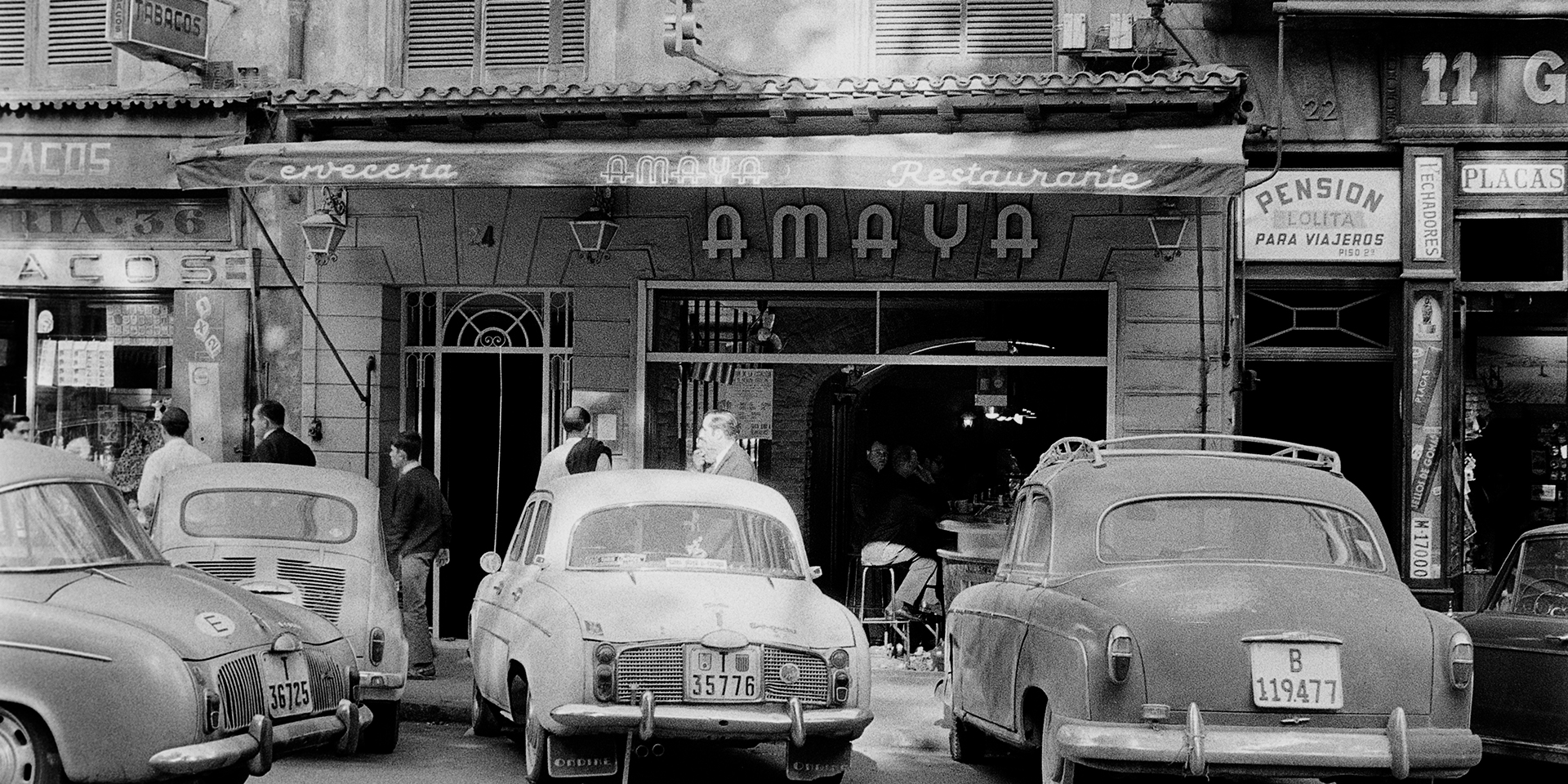The Raval neighborhood is one of the most dynamic and diverse neighborhoods in Barcelona, where you can enjoy avant-garde exhibitions, bohemian bars, design shops, urban art… all around La Boqueria market.

The Raval, located next to the port and the Rambla, Avinguda Paral-lel and the Sant Pau and Sant Antoni ring roads as far as Carrer Pelai, is visited by hundreds of tourists every day, but it still retains its popular essence. Its narrow, crowded and lively streets hide the deep history of the city.
The proximity to the port and the proliferation of bars and nightclubs made the southern part of the Raval known as the ‘Barrio Chino’, a paradise for bohemians and nightlife. The Raval is and has been a neighborhood of simple people and also a neighborhood of contrasts, where the most popular buildings coexist with the bourgeois ones, such as the Güell Palace and the Liceu among many others.
Federico García Lorca said that the only street on Earth that he would wish never ended was La Rambla in Barcelona. ‘It’s a show, what you don’t see here, you won’t see anywhere else.’ And the Raval cannot be understood without La Rambla, the flower stalls, the visitors up and down, the church, the museums…
The neighborhood has more than 300 cultural facilities, among which are the Catalonia Library, numerous theaters, museums such as MACBA, the Maritime Museum and the Catalonia Film Library. The most film-loving Raval lives in the ‘Barrio Chino’.
The Raval is so special that many would not change it for anything. It is the neighborhood where everything is and everyone can live together. It is the neighborhood of the bohemian atmosphere of Bar Marsella and the first chords of Catalan rumba on Cera Street.
The Raval is a diverse neighborhood and faithful to its essence.


